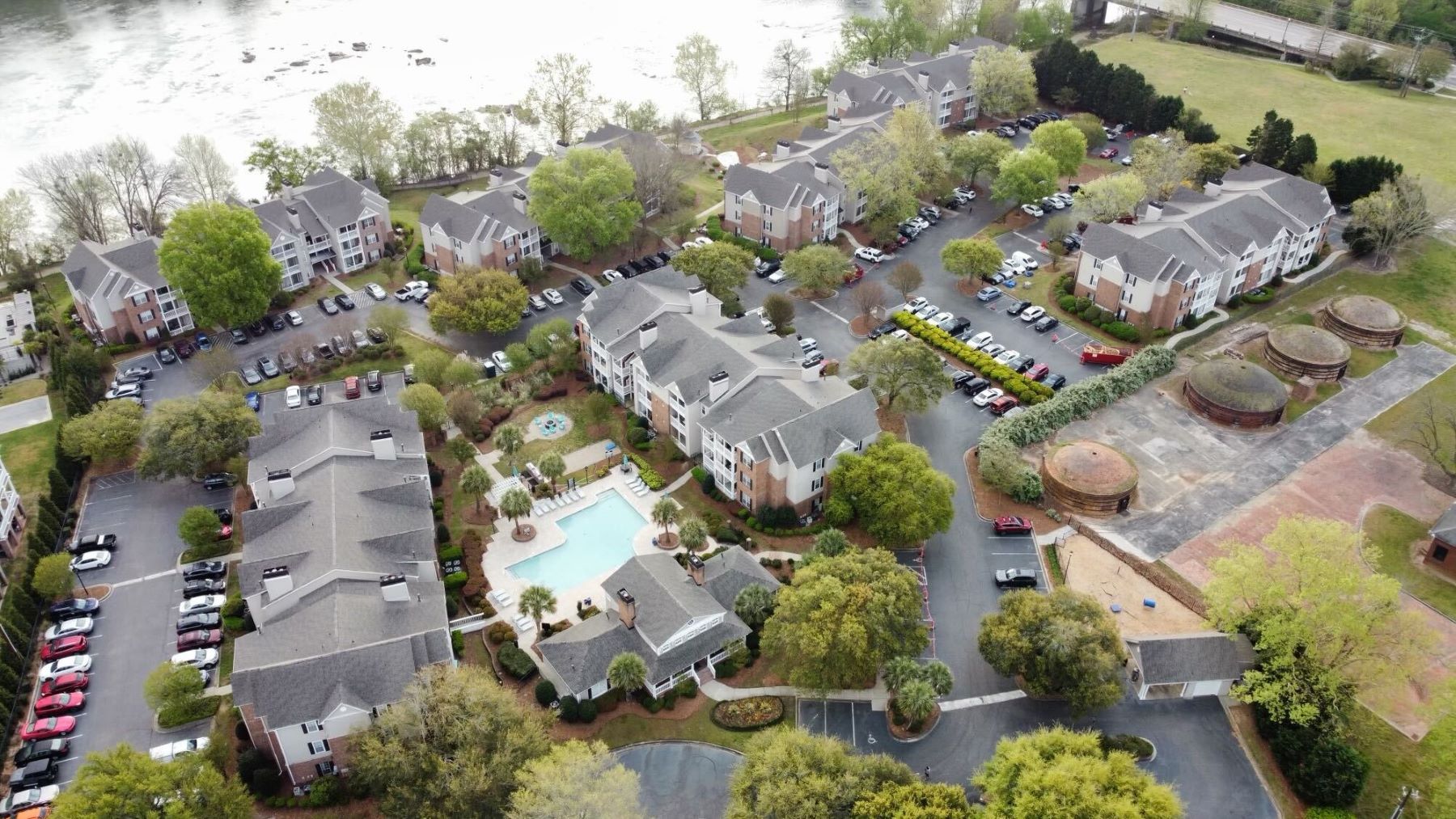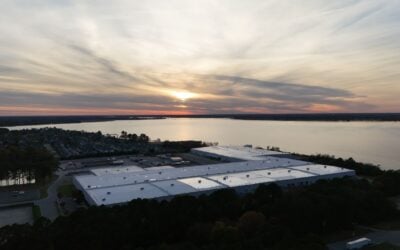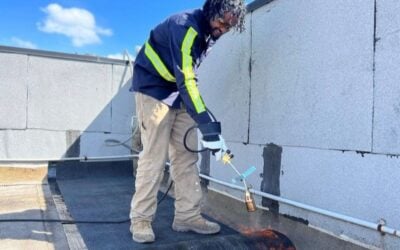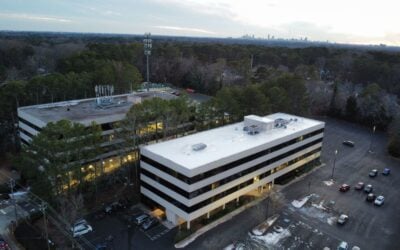Roofs on multi-family units, such as apartments and condominiums, play a crucial role in protecting the building and its occupants from the elements. Understanding the life expectancy of these roofs is essential for proper maintenance and budget planning. In this blog post, we’ll explore the factors that impact the life expectancy of roofs on multi-family units and provide insights into how property owners can extend the lifespan of their roofs.
Factors That Impact Roof Life Expectancy
- Material: The type of roofing material used has a significant impact on the roof’s life expectancy. Common roofing materials for multi-family units include asphalt shingles, metal roofing, and single-ply membranes. Each material has its lifespan, with some lasting longer than others.
- Installation Quality: The quality of the roof installation plays a crucial role in its lifespan. A poorly installed roof is more likely to develop issues that can shorten its lifespan, such as leaks and structural damage.
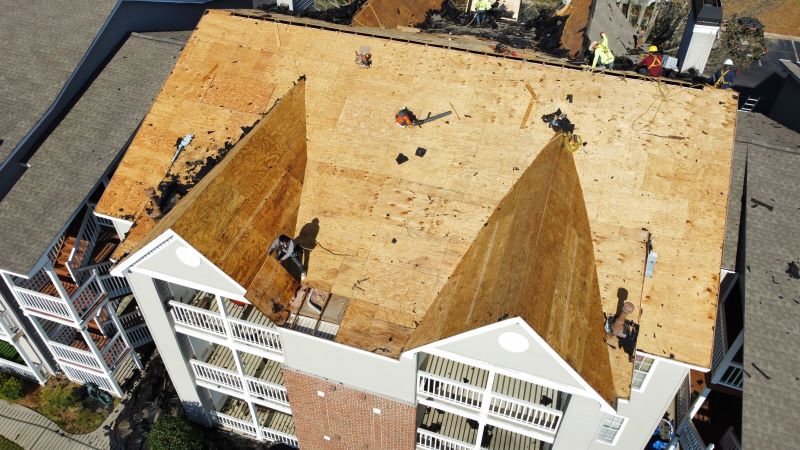
03. Maintenance: Regular maintenance, including inspections, cleaning, and repairs, can help extend the life of a roof. Neglecting maintenance can lead to premature roof failure.
04. Weather Conditions: The climate and weather conditions in the area where the building is located can impact the lifespan of the roof. Severe weather, such as high winds, hail, and heavy snow, can cause damage that shortens the roof’s lifespan.
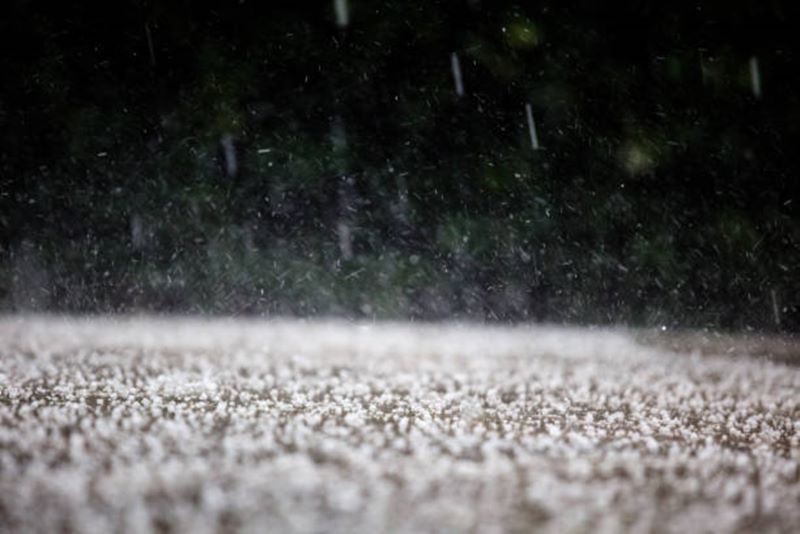
05. Ventilation: Proper ventilation in the attic or roof space is essential for the health of the roof. Poor ventilation can lead to moisture buildup, which can damage the roof deck and shingles.
06. Roof Slope: The slope of the roof can also impact its lifespan. A roof with a steep slope shed water more effectively and is less likely to experience water damage than a roof with a low slope.
Average Life Expectancy of Roofing Materials
- Asphalt Shingles: The most common roofing material for multi-family units, asphalt shingles, typically last between 15 and 30 years, depending on the quality of the shingles and the climate.
- Metal Roofing: Metal roofing is known for its durability and can last between 40 and 70 years with proper maintenance.
- Single-Ply Membranes: Single-ply membranes, such as TPO and EPDM, have a lifespan of 20 to 30 years on average.
Extending the Life of Multi-Family Unit Roofs
- Regular Inspections: Schedule regular inspections by a professional roofing contractor to identify and address any issues before they escalate.
- Prompt Repairs: Address any roof issues, such as leaks or missing shingles, promptly to prevent further damage.
- Proper Ventilation: Ensure proper ventilation in the attic or roof space to prevent moisture buildup.
- Gutter Maintenance: Keep gutters clean and free of debris to prevent water damage to the roof and building.
- Trim Trees: Trim trees near the building to prevent branches from damaging the roof during storms.
In conclusion, the life expectancy of roofs on multi-family units varies depending on several factors. By understanding these factors and taking proactive steps to maintain the roof, property owners can extend the lifespan of their roofs and protect their investment for years to come. Regular inspections, prompt repairs, and proper maintenance are key to ensuring the longevity of multi-family unit roofs.

